Sarah Sundin's Blog, page 262
May 5, 2017
Make It Do – Sugar Rationing in World War II
 What could be more American than Hershey bars, homemade cookies, and birthday cake? During World War II, these items were hard to come by. Today marks the 75th anniversary of the start of sugar rationing in the United States.
What could be more American than Hershey bars, homemade cookies, and birthday cake? During World War II, these items were hard to come by. Today marks the 75th anniversary of the start of sugar rationing in the United States.
Short on Sugar
When the Japanese conquered the Philippines in the early months of 1942, the United States lost a major source of sugar imports. Shipments from Hawaii and Central and South America had to be curtailed 50 percent as cargo vessels were diverted for military purposes – and due to heavy losses of cargo ships to German U-boats in early 1942. The supply of sugar fell by one-third. To ensure adequate supplies for manufacturers, the military, and civilians, sugar became the first food item to be rationed. Manufacturers initially received supplies at 80 percent of pre-war levels, but that was reduced over time.
Registration for Rationing

On April 27, 1942, families registered for ration books at their local elementary schools. One book was issued for each family member and had to be surrendered upon death. The sale of sugar was halted for one week to prepare for the program. To discourage hoarding, each family had to report how much sugar they had in stock over a certain amount – and the corresponding number of stamps was removed from the book.

US rationing books owned by my mother and grandmother, WWII (Photo: Sarah Sundin)
Ration Books
On May 5, 1942, each person in the United States received a copy of War Ration Book One, good for a 56-week supply of sugar. Initially, each stamp was good for one pound of sugar and could be used over a specified two-week period. On June 28, 1942, each stamp became good for two pounds of sugar over a four-week period. The ration book bore the recipient’s name and could only be used by household members. Stamps had to be torn off in the presence of the grocer.
If the book was lost, stolen, or destroyed, an application had to be submitted to the Ration Board for a new copy. When entering the hospital for greater than ten days, the ration book had to be brought along.
Canning
Home canning was encouraged during the war – however, canning requires sugar. To provide for this patriotic need, each person could apply for a 25-pound allotment of canning sugar each year. Each local ration board determined the quantity and season of availability based on the local harvest. A special canning sugar stamp in the ration book had to be attached to the application. In 1944, confusion arose when “spare canning sugar stamp 37” was called for – but many people mistakenly used the regular sugar stamp 37, invalidating it for normal household purchases.
Shortages
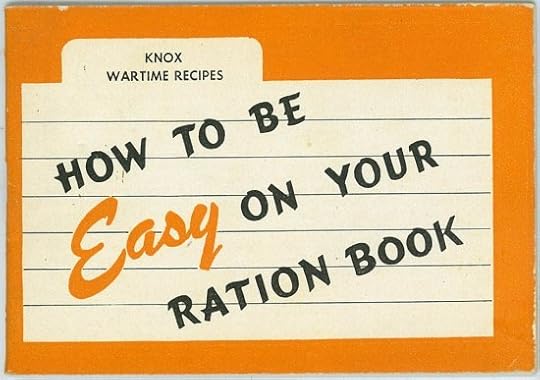
Knox Wartime Recipes: How to be Easy on Your Ration Book, 1943 (Smithsonian)
Just because you had a sugar stamp didn’t mean sugar was available for purchase. Shortages occurred often during the war, and in early 1945 became acute. As Europe was liberated from Nazi Germany, the US took on the main responsibility for providing food to those ravaged countries. On May 1, 1945, the sugar ration was cut to 15 pounds per year for household use and 15 pounds per year for canning – a total of eight ounces per week. Sugar was the last product to remain on rationing after the war. The program was discontinued in June 1947.
Housewives learned to be creative, using saccharine, corn syrup, and even packets of flavored gelatin as sugar substitutes. Women’s magazines featured recipes with reduced sugar or creative substitutes.
Do you have any stories of wartime sugar rationing?
Today in World War II History—May 5, 1942
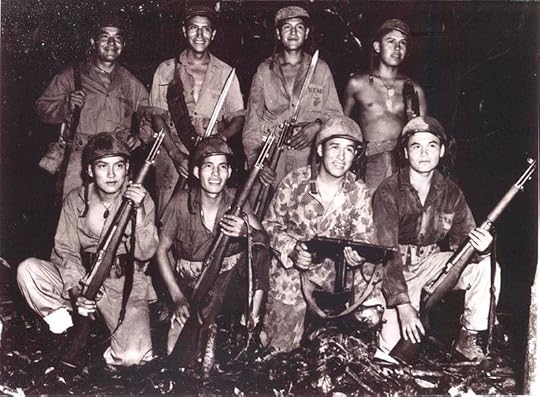
Navajo code-talkers on Bougainville, December 1943 (US Marine Corps photo)
75 Years Ago—May 5, 1942: Japanese land on Corregidor.
British land at Diego Suarez in Vichy-French Madagascar, fearing Japanese takeover and control of the Indian Ocean.
First 29 Navajo recruits begin boot camp with the US Marine Corps; will pioneer code-talking.
Sugar rationing begins in the US (See Make It Do: Sugar Rationing in World War II).

Fulmar fighters aboard carrier HMS Formidable off Madagascar, early May 1942 (Imperial War Museum)
May 4, 2017
Today in World War II History—May 4, 1942
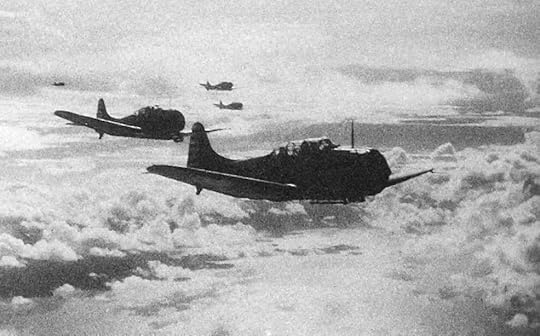
SBD Dauntless returning to USS Yorktown after an attack on Tulagi, Solomon Islands, 4 May 1942 (US National Archives)
75 Years Ago—May 4, 1942: Battle of the Coral Sea begins: US Navy intercepts Japanese fleet set to invade Port Moresby, New Guinea: first carrier vs. carrier battle in history and the first battle where enemy ships never see each other.
Off the Florida Keys, German U-boat U-507 sinks US freighter Norlindo, the first sinking in the Gulf of Mexico.
Pulitzer Prize awarded to Ellen Glasgow for In This Our Life.
May 3, 2017
Book Beat – Beyond Justice by Cara Putman
 Hayden McCarthy is an up-and-rising young lawyer, who just made a name for herself in a difficult case. When Miguel Rodriguez, a young illegal immigrant, is murdered in government custody, his mother files suit against the government and Hayden is assigned to the case. No one in the detainment center will talk. And neither will the mother…a legal resident. Hayden is going nowhere fast.
Hayden McCarthy is an up-and-rising young lawyer, who just made a name for herself in a difficult case. When Miguel Rodriguez, a young illegal immigrant, is murdered in government custody, his mother files suit against the government and Hayden is assigned to the case. No one in the detainment center will talk. And neither will the mother…a legal resident. Hayden is going nowhere fast.
She certainly doesn’t need the complication of romance, but her roommate’s cousin, Andrew Wesley, keeps showing up. However, Andrew works with Miguel Rodriquez’s younger brother at the community center, and Hayden and Andrew find they can make more progress together than apart. However, progress brings danger to Hayden and those she loves.
In Beyond Justice, Cara Putman puts her background as a lawyer to excellent use. The plot is interesting and complex, the characters are intriguing, and the rapidly increasing pace kept me flipping pages. In addition, the exploration of the issue of illegal immigration is timely and thought-provoking. I loved this legal thriller and can’t wait for the next in the series!
Today in World War II History—May 3, 1942
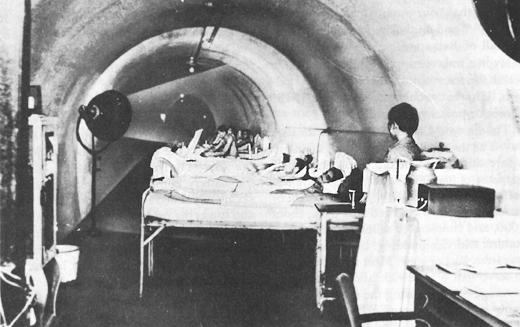
Hospital in Malinta Tunnel, Corregidor, 1942 (US Army Center of Military History)
75 Years Ago—May 3, 1942: Japanese take Tulagi and Florida Islands in Solomons, adjacent to Guadalcanal.
Sub USS Spearfish evacuates 27 personnel from Corregidor, including nurses, the last evacuation by sub from Luzon.
May 2, 2017
Today in World War II History—May 2, 1942
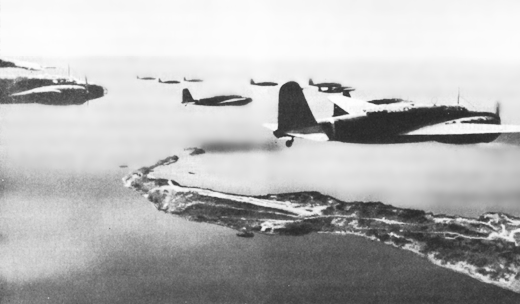
Japanese bombers over Corregidor, 1942 (US Army Center of Military History)
75 Years Ago—May 2, 1942: Japanese bomb powder magazine on Corregidor, 60 killed.
In Allied Arctic Convoy QP-11 returning from USSR, German destroyer Z-24 damages British light cruiser Edinburgh, carrying £5 million in Soviet gold; the cruiser is scuttled.
May 1, 2017
Book Beat – The Joy of Letting Go
As mothers, we work hard to keep our children safe, train them, and guide them. When our children become teenagers and young adults, our urge to protect them from all life’s pain clashes with our duty to see them become independent and productive members of society.
When Vicki Caruana announced the publication of her devotional, The Joy of Letting Go, I was intrigued. In the past seven years, my husband and I have “launched” our three children to college, marriage, and the military. I’ve felt the pain of separation – and the joy of watching them thrive. So I was grabbed from the first page: “We’re holding on to our children for dear life, as if their growing up is our death.”
Wow. I needed to read this book!
In The Joy of Letting Go, the author shares personal anecdotes of life with her growing children as well as from her experience as an educator. She shares the balancing act between intervening and holding back, encouraging moms to gently release their offspring into the world.
With warm realism, thought-provoking questions, and Scripture, The Joy of Letting Go challenges us as mothers, while encouraging and affirming. In an era of “helicopter parenting,” the devotions serve as an excellent reminder that our parenting duty shifts from pure protection to helping our young people gain autonomy and competence. I strongly recommend this book to moms of teens and young adults.
Today in World War II History—May 1, 1942
 75 Years Ago—May 1, 1942: Japanese take Mandalay and Monywa, Burma.
75 Years Ago—May 1, 1942: Japanese take Mandalay and Monywa, Burma.
US starts War Stamp drive, through 5/31, run through drugstores and other retail stores.
April 30, 2017
Today in World War II History—Apr. 30, 1942

Bell P-39Q Airacobra, 1940s (USAAF photo)
75 Years Ago—Apr. 30, 1942: First use of US P-39 Airacobra fighter plane in combat—Australia-based P-39s fly mission to Lae and Salamaua, New Guinea.
USS Peto, first sub built on the Great Lakes, is launched at Manitowoc, WI.
Japanese secure central Burma.

USS Peto side launching at Manitowoc Shipbuilding Co, Manitowoc, WI, 30 April 1942 (US Navy photo).
April 29, 2017
Today in World War II History—Apr. 29, 1942
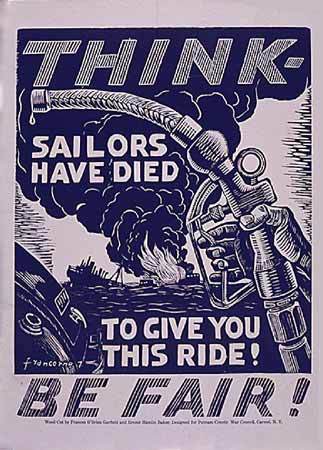 75 Years Ago—Apr. 29, 1942: Jews in Vichy France and the Netherlands are required to wear stars.
75 Years Ago—Apr. 29, 1942: Jews in Vichy France and the Netherlands are required to wear stars.
Japanese take Lashio in Burma, cutting Burma Road and blockading China.
First US coastal convoy leaves New York for the Delaware River; tanker traffic resumes along US East Coast.




